| Mycoordinates | |
SEISIMPACT System
|
|||||||||||||||||||||
|
Spatial analysis based on the combined use of geographic and descriptive data may result into an evaluation of the structural reliability of the buildings. Spatial queries involve several types of questioning, such as safety classification (Green:Usable – no serious damage, Yellow:Temporarily unusable – with damage, usable after the repairs, Red:Unusable – dangerous) of a specific building (or buildings in a region) (fig. 5), locations (buildings) at which a specific type of damage had occurred, correlation of different types of damage to the structural characteristics and use of buildings and other. 5 (a) 5 (b) 6 (a) 6 (b) Finally, a field recording system was tested for near-real-time feeding of damage data to the SEISIMPACT databases. The system consists of a PDA computer equipped with a GPS receiver and a digital photo camera (fig. 6). The PDA can sent e-mail through a Bluetooth connection to a mobile phone. ArcMap software was used for the creation of cartographic data and the location of buildings was measured with the help of the GPS receiver. Furthermore, the main database of the SEISIMPACT System was loaded in the PDA, so that all information concerning a building could be input in an ArcGIS .shp file fully compatible with the System (fig. 7). The prominent use of the system is the capability of sending the .shp file (with attribute data and pictures, if necessary) to the SEISIMPACT server from time to time where it can be added to the existing database. Fig. 7. The field recording system for near-real-time feeding of damage data to the SEISIMPACT System 8 (a) 8 (b) The SEISIMPACT system as a tool for seismic risk management and preparednessIn the case of earthquakes, the Civil Defence authorities must develop, test and be ready to implement an effectual action plan. A critical item in risk management procedures and the efficient confrontation of emergencies is the estimation of the potential damage that would be caused by a hypothetical earthquake or other disaster to the inventory of the city’s structures and infrastructure. For this task, scenario earthquakes could be used to identify urban areas that present an increased possibility to be damaged in each hypothetical case (Kiratzi et al. 2004). In this way, the seismic behaviour of the city’s structures (and infrastructure) can be estimated and response activities can be more accurate and well-organized. Earthquake scenarios describe the expected ground motion and effects of specific hypothetical earthquakes. To simulate a hypothetical earthquake, one needs to make assumptions on the location and the size of the event, although this does not mean that the specific earthquake will indeed occur. Nevertheless, simulations of scenario earthquakes enhance our present knowledge of the potential destructiveness of specific seismic sources and can, therefore, be used for earthquake disaster planning and preparedness purposes. Damage estimation leads to the knowledge/awareness of the extent of damage, which the city will incur if the scenario earthquake were to occur in the city. It is possible to know not only the total amount of the damage but also the weak points of the city through the analysis. This information is very important to manage effective seismic disaster reduction measures, including preparedness, emergency response activities, and seismic retrofit and recovery actions and policies. Another important factor affecting the efficiency of a response action plan is the location, organization and accessibility of the evacuation sites and shelter camps. In the city of Thessaloniki there are areas that are expected to be used only as evacuation areas, other areas where camps are planned to be constructed for the population and areas that can be used in both ways. These sites can be included in the SEISIMPACT System, where an evaluation and re-organization of post-seismic response actions concerning them can be also done. Fig. 8 shows an example of the organization of an area served by a particular shelter site along with information about the population that is planned to be guided there in case of emergency. Additionally, fig. 9 shows the priority of city roads that must imperatively be kept open after an earthquake event in order to facilitate the traffic of emergency vehicles. Fig. 9. Example of the organization of an area served by a particular shelter site Fig. 10. Priority of city roads that must imperatively be kept open after an earthquake event ConclusionsThe SEISIMPACT Web-based GIS System can be used for management and evaluation of the records of reported damage in buildings connected to the occurrence of earthquakes. It allows multiple queries and processes to study in depth the behaviour of buildings in a place, and its correlation with other geological, geophysical, seismological, and geotechnical factors. A detailed evaluation of the observed damage in the buildings of a city can be done taking into account the spatial distribution of different types of damage. The homogenisation and harmonization of the relative technological tools of Information and Communication is further enhanced with the design of compatible databases for the recording and management of damage. Near-real-time damage recording is also provided through the capabilities of the system. The public authorities concerned with the relief of earthquake impact have the possibility to record and retrieve important information regarding the static behaviour of buildings and facilities as well as the expected damage according to several scenario earthquakes, all web-based. The consequences of various seismic scenarios to the built environment can be evaluated leading to more efficient ways of post-seismic relief. Finally, the organization of camps and shelter areas can be improved through the provided evaluation procedures. References 1. Axioti E., Doukas I., and Savvaidis P. Use of GIS for the preparation of an action plan for seismic risk management in the city of Thessaloniki, Proc. Inter. Symp. “Modern Technologies, Education and Professional Practice in Geodesy and Related Fields”, Sofia, 4-5 November, 2005. |
|||||||||||||||||||||
|
|||||||||||||||||||||
|
Pages: 1 2


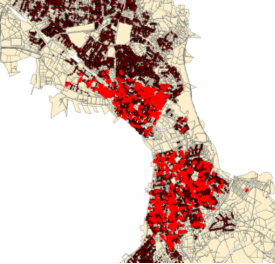
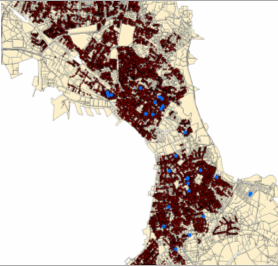
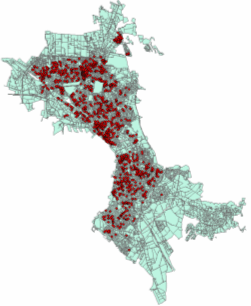
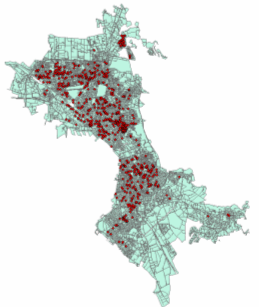
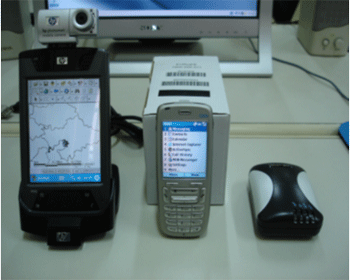
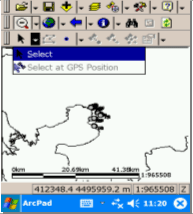
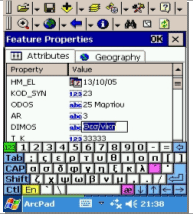
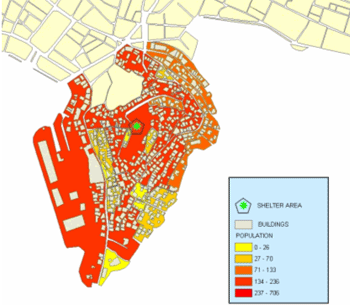
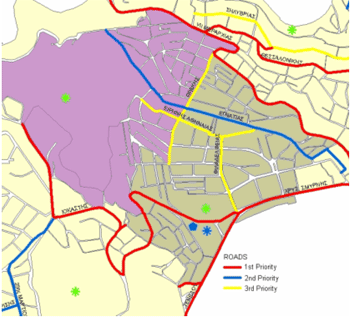












 (No Ratings Yet)
(No Ratings Yet)




